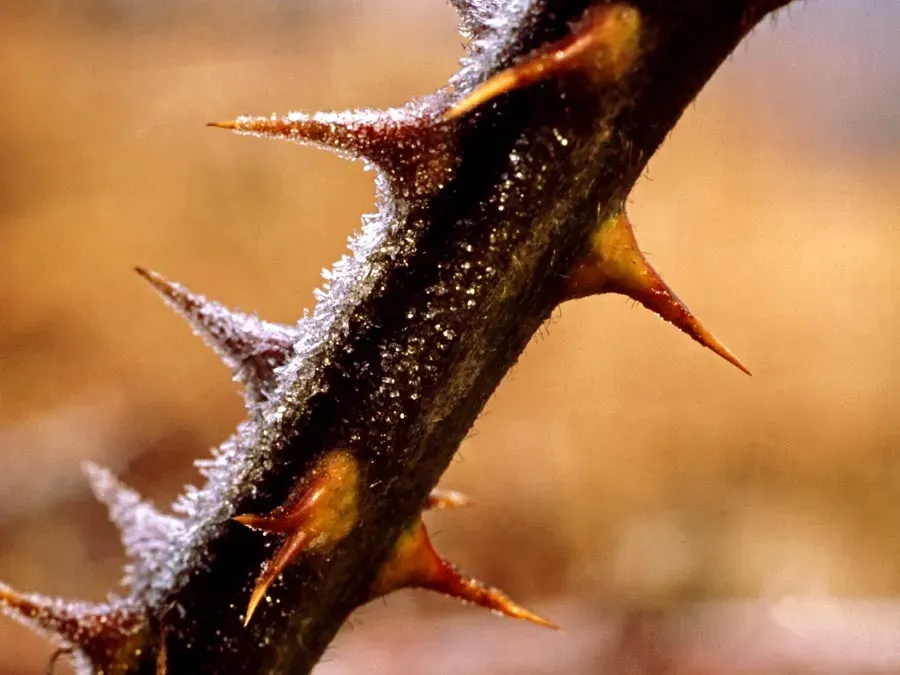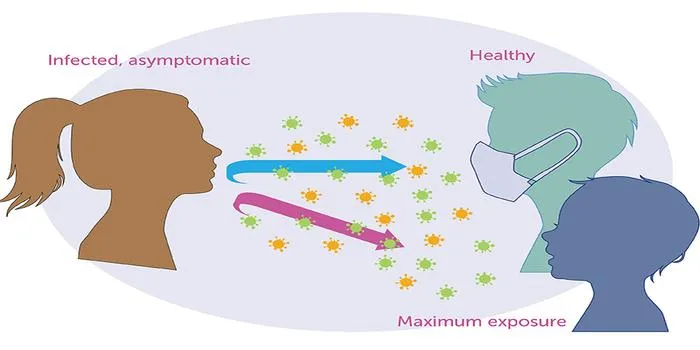- Home >
- Science
- > Technology
Botanical Barbarity: 9 Plant Defense Mechanisms
In "Botanical Barbarity: 9 Plant Defense Mechanisms," the article delves into the fascinating and often overlooked world of plant defenses. It explores how plants have evolved complex strategies to protect themselves from herbivores and environmental threats. These mechanisms range from producing toxic chemicals and thorns to emitting volatile organic compounds that attract predators of their attackers. Additionally, some plants employ mimicry and camouflage to avoid detection. This exploration reveals the intricate and dynamic relationships between plants and their ecosystems.

Understanding Plant Defense Mechanisms
Plants, despite being stationary organisms, have evolved a fascinating array of defense mechanisms to protect themselves from herbivores, pathogens, and environmental stressors. These adaptations not only ensure their survival but also play a crucial role in maintaining ecological balance. Below, we explore nine remarkable plant defense mechanisms that highlight the incredible resilience of the botanical world.
1. Physical Barriers
One of the most straightforward defense strategies employed by plants is the development of ''physical barriers''. Thorns, spines, and tough leaves deter herbivores from munching on them. For example, the rose plant is notorious for its sharp thorns, which serve as a clear warning to potential predators.
| Plant Example | Defense Mechanism |
|---|---|
| Rose | Thorns |
| Cacti | Spines |
2. Chemical Defenses
Chemical defenses are among the most sophisticated strategies plants employ. When threatened, many plants produce ''toxic compounds'' such as alkaloids, terpenes, and phenolics that can deter herbivores or even kill them. For instance, the poppy plant produces morphine, a potent alkaloid that can incapacitate insects and larger herbivores alike.
3. Secondary Metabolites
Plants also synthesize ''secondary metabolites'', which do not play a direct role in growth or reproduction but are crucial for their defense. These compounds can attract predators of herbivores or inhibit the growth of competing plants. One notable example is the production of ''volatile organic compounds (VOCs)'' that attract parasitic wasps to control herbivore populations.
4. Mimicry and Camouflage
Some plants have evolved to mimic the appearance of other species or blend into their environment, a strategy known as ''camouflage''. This adaptation helps them avoid detection by herbivores. For example, the orchid mimics the appearance of female insects to attract male pollinators, while simultaneously avoiding being eaten by larger animals.
| Plant Example | Mimicry Type |
|---|---|
| Orchid | Insect Mimicry |
| Stick Plant | Camouflage |
5. Thigmotropism
Thigmotropism is the ability of plants to respond to touch. This mechanism is particularly evident in climbing plants, such as vines, which can wrap around supports for stability. By utilizing ''thigmotropism'', these plants ensure they reach sunlight while avoiding herbivores on the ground.
6. Allelopathy
''Allelopathy'' is a phenomenon where plants release chemicals into the soil to inhibit the growth of nearby competing plants. This strategy allows them to secure more resources such as water and nutrients. For example, the black walnut tree produces juglone, a compound toxic to many plants, thereby reducing competition.
7. Induced Defenses
Plants can also activate ''induced defenses'' in response to herbivore attacks. This means that when a plant is damaged, it can produce additional protective compounds that are not present in healthy tissues. A well-documented case is the response of tobacco plants, which release nicotine when under attack.
8. Mutualistic Relationships
Many plants establish ''mutualistic relationships'' with other organisms, such as ants and fungi, for added protection. For instance, some plants provide nectar to ants, which in return defend the plants against herbivores. This symbiotic relationship enhances the plant's survival chances significantly.
| Plant Example | Mutualistic Partner |
|---|---|
| Acacia Tree | Ants |
| Orchids | Fungi |
9. Systemic Acquired Resistance (SAR)
Lastly, ''Systemic Acquired Resistance (SAR)'' is a long-lasting defense mechanism that is activated when a plant experiences an attack. Once activated, the plant enhances its resistance to future attacks by strengthening its overall defense strategies. This phenomenon allows plants to "remember" past threats and prepare for future ones.
In conclusion, the world of plants is rife with fascinating adaptations that showcase their ability to survive and thrive in challenging environments. From ''physical barriers'' to ''chemical defenses'', these mechanisms not only protect individual plants but also contribute to the overall health of ecosystems. Understanding these strategies allows us to appreciate the complexities of plant life and the intricate web of interactions that sustain our natural world.












